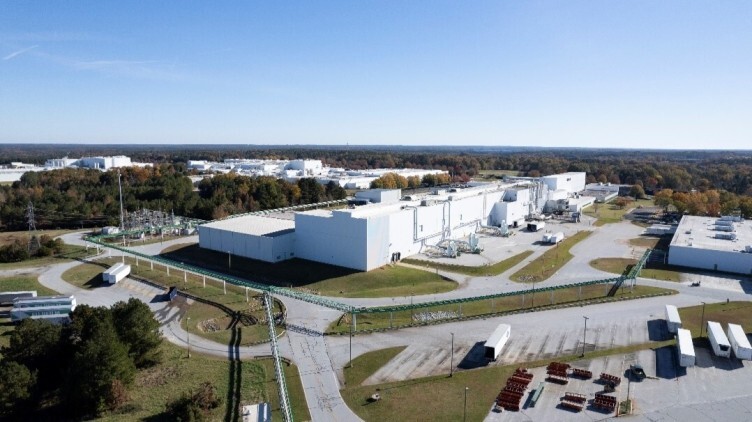The United States are on course to reach 13 GW cell production capacity and 65 GW module assembly in 2025, says Clean Energy Associates.
The United States are now the third largest The manufacturer of solar module in the world and there is more growth on the way.
Clean Energy Associates (CEA) projects that the United States will reach 13 GW of solar cell production and 65 GW module production by the end of 2025.
The cell goal is particularly impressive, because Suniva and Es Foundry are the only two plants that are currently producing cells In the United States.
The expansion of US solar production capacity is driven by trade barriers and domestic stimuli. For developers, this policy has made PV modules produced in their own country attractive, both in terms of security of delivery and on the basis of attractive subsidies.
CEA said that the Tree of the Sun Factory is “really but vulnerable. While the domestic cell and module capacity continues to expand, developers and manufacturers remain careful in the midst of policy uncertainty and enforcement risks linked to tax reduction of inflation.”
Es Foundry held a ribbon cut in January for his 1 GW Solar Cell Manufacturing -Factory in South Carolina, which according to him will expand to 3 GW against Q3 2025.
CEA said that an extra about 10 GW cell capacity is under construction or at a late stage with likely operational dates in 2026, with potential for more “stealth” cell plants in development for module suppliers planning internal cell purchasing.
In addition to the total of 65 GW module assembly, CEA said that 7 GW remains of extra factory capacity under construction or in a late planning phase. Another 5 GW of plans in negotiation are ‘in danger’, CEA said, given the rules of ‘foreign entity’ aimed at factories in Chinese ownership.
CEA said that suppliers are still planning to generate around 84 GW extra module factories and 90 GW cell capacity. However, many plans do not take effect quickly.
“Policy uncertainty under a new administration remains a risk for new factories, which banking on production stimuli to support competitive cost levels or developer stimuli to support adequate demand levels for new factories,” said CEA.
Cell producers are currently stimulated via the Inflation Reduction Act (IRA) by a tax credit of $ 0.04/W. An additional domestic content bonus is linked to a 30% investment tax credit (ITC), plus another 10% as certain quotas of components made by the US are included in a solar project.
Cutbacks on the ITC “would considerably change the entire investment in the industry. There are so many options on the table, it is difficult to predict. Of course we will want to keep the 45X or retain the domestic content,” Zhu said.
This content is protected by copyright and may not be reused. If you want to work with us and reuse part of our content, please contact: editors@pv-magazine.com.


